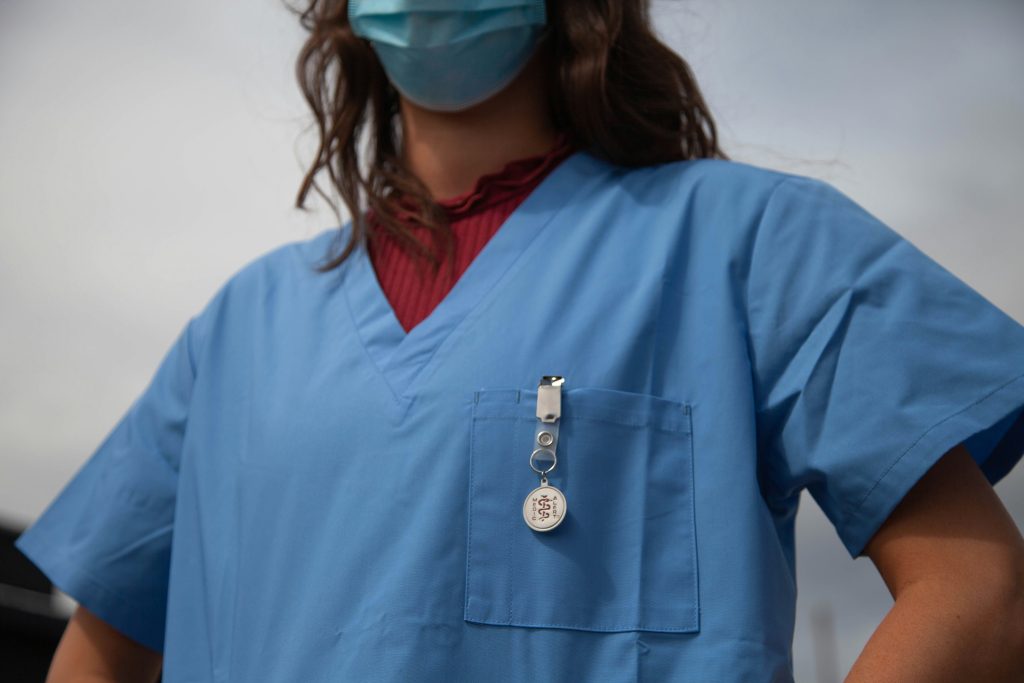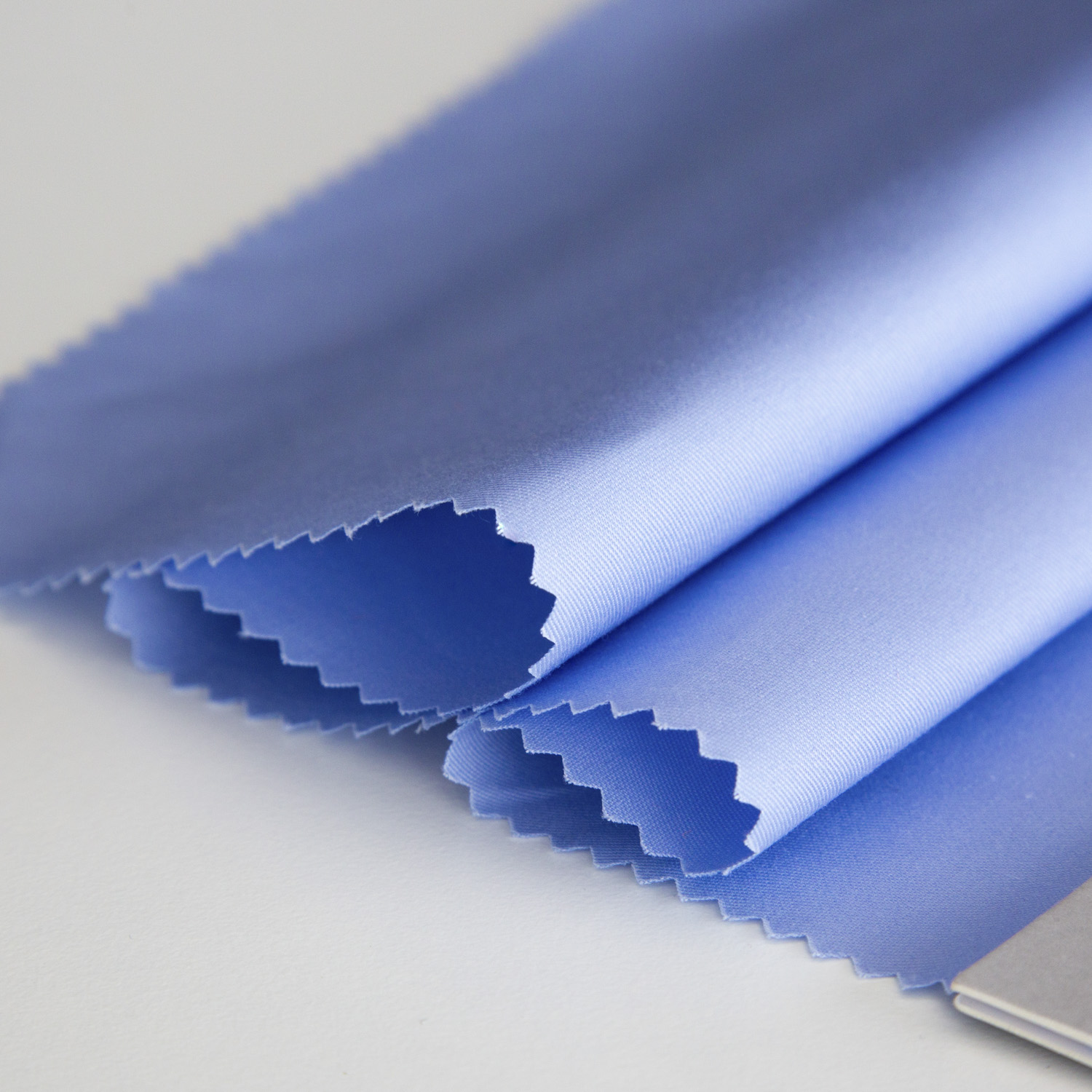Traditional medical fabrics like cotton or polyester blends have limitations. As healthcare standards evolve, new fabric technologies are offering better performance—more durability, comfort, and protection.
Modern medical fabrics go beyond cotton and poly-cotton blends. Tencel™, antimicrobial-treated materials, and cotton/polyester/spandex blends provide moisture-wicking, bacteria resistance, and long-term durability—ideal for uniforms, patient gowns, and hospital bedding.
Let’s take a closer look at what makes these fabrics stand out and why they’re worth your attention as a healthcare textile buyer.
What Is the Best Fabric for Medical Uniforms?
While polyester-cotton blends remain a common choice for durability, they often lack breathability and moisture control. That’s where advanced fibers like Tencel™ Lyocell come in. Known for its natural moisture absorption and cooling effect, Tencel™ offers a higher moisture-wicking capacity than cotton, making it ideal for uniforms worn long hours.
For high-movement roles, cotton/polyester/spandex blends are gaining popularity. These fabrics combine the softness of cotton, the strength of polyester, and the stretch of spandex—resulting in better comfort and flexibility throughout the day.
What Is Antimicrobial Fabric in Scrubs?
Antimicrobial medical fabrics are treated to actively resist the growth of bacteria and viruses. These materials help reduce cross-contamination and infection risk—an essential feature in clinical environments.
Some high-performance fabrics, as shown in SGS lab tests, retain up to 98.2% antibacterial efficacy even after 25 washes. That means healthcare garments can be reused safely while maintaining hygiene standards, making them ideal as reusable medical uniform fabrics.
If you’re sourcing scrubs or gowns for settings that require repeated sterilization, look for antimicrobial fabrics that are wash-durable, chlorine-resistant, and certified for long-term effectiveness.
What Are the Characteristics of Hospital Fabric?
Hospital fabrics must meet strict requirements—not just comfort, but function too. Key characteristics include:
- Breathability: Allows air circulation, reducing skin irritation.
- Fluid resistance: Helps protect against spills and splashes, a key feature in fluid-resistant medical uniforms.
- Wrinkle resistance: Ensures uniforms maintain a clean, professional appearance.
- Antimicrobial finish: Reduces microbial growth between washes.
- Chlorine and high-temperature wash resistance: Withstands repeated industrial sterilization.
- Anti-static and lint-free properties: Supports cleanroom standards in critical care areas.
- High color fastness: Maintains color after frequent washing and disinfection.
By choosing breathable medical fabrics with these properties, healthcare providers can ensure safety, hygiene, and professional presentation.
Why Choose Cotton/Polyester/Spandex Blended Fabrics?
Blended fabrics bring out the best of each fiber. Cotton delivers softness and skin-friendliness. Polyester brings strength and wrinkle resistance. Spandex adds much-needed elasticity.
These blends are ideal for nurse uniforms and patient wear, allowing free movement without compromising durability. They’re also moisture-wicking and easy to maintain, which reduces laundry time and replacement frequency.
If you’re seeking reusable, wrinkle-resistant scrub fabric that stays comfortable during long shifts, this is a smart choice.
Summary
Looking for fabric swatches or samples for your next healthcare textile order? We’d love to help. Reach out for more details or recommendations tailored to your needs.


